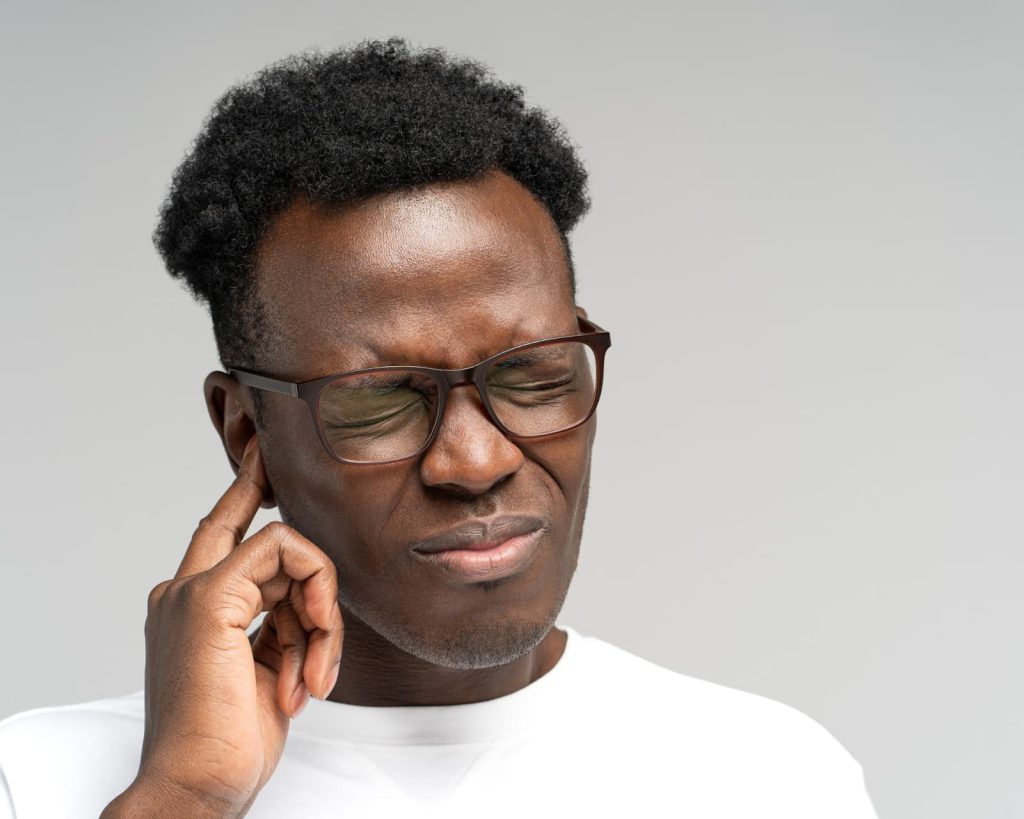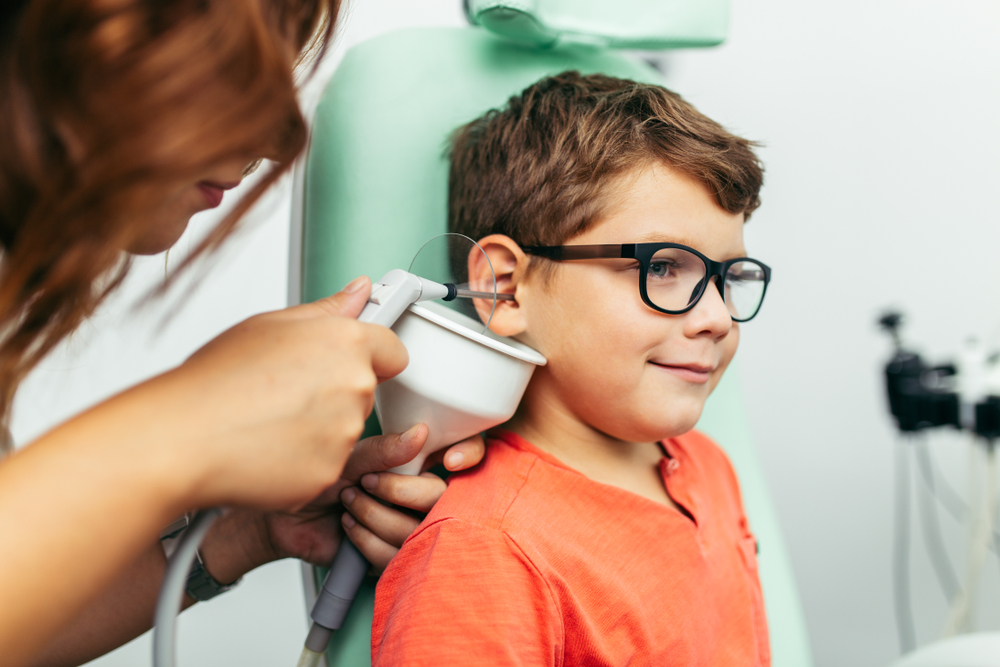A buildup of earwax can be uncomfortable and lead to nasty side effects, including hearing loss. It is, therefore, essential to act quickly if you suspect this has happened to you and to know how to treat it with care when you do.
Earwax is a natural, necessary, and essential part of ear health. Everyone will experience discomfort in their ears at some point, and you have likely treated your excessive earwax before.
However, knowing when to clean your ears, how to tell if you need to see a professional, and how to clean your ears carefully and safely at home is essential. Read on to find out how.
What is earwax?
Earwax is an integral part of a healthy ear and hearing. Wax is produced when your ear canal’s sebaceous glands and sweat glands secrete oil. This waxy oil protects the canal and the inner ear from water and other materials that might try to work their way into your ears. It also moisturizes and lubricates this part of your ear.
The maintenance of a healthy ear is a whole-head process. When you talk or chew, the motion of your jaw moves the earwax towards the opening of your ear so it can be drained out. As it moves out of your ear, the wax picks up dirt, cells, and dead skin that can become problematic if left to collect.

What can cause an excessive buildup of earwax?
Some naturally produce more earwax than others, but it can become a problem when the dirt and water it is designed to collect and remove becomes hardened and lodged inside your ear.
Problems with earwax can also be caused by earbuds, earplugs, or hearing aids when they interfere with the natural flow of the earwax from the ear canal to the outer ear. Hearing aids, in particular, can also stimulate glands in the ear canal, leading to more secretions (and more earwax). Between 60 to 70% of problems with hearing aids are because of earwax damage. It can worm its way into vents and receivers, degrading your hearing aid’s components. It is, therefore, necessary for both your ears and hearing aids to keep tabs on the buildup of your earwax.
Other existing health conditions can also cause you to be more likely to develop excessive earwax. This can include eczema and other conditions that produce dry, flaking skin. Your age can also play a role in the buildup of earwax, as the glandular secretions change in consistency as you age, changing the pace at which the wax travels from the ear canal to the exit of the ear.
If left untreated, earwax buildup can lead to hearing loss in some patients.
How to know if you need to remove some earwax
Most people rarely have to clean their ears. We’ve all heard the “should they, shouldn’t they” debate around using earbuds to clean out our ears (and no, we shouldn’t, by the way), but should ear-cleaning be part of our cleaning routines?
Once the earwax has moved towards the outside of your ear, it usually falls out or is washed away. Therefore, washing your hair is typically all you need to do to maintain clear ears. The warm water used during cleaning helps to dislodge any excess wax without you needing to do anything. However, if there are any stubborn clumps, you can use a damp cloth to wipe them away.
So, you shouldn’t usually have to clean the inside of your ears, but you will know when you should. The time to either get help with your earwax or clean your ears carefully comes when the wax forms a blockage in your ears.
If your earwax is impacted, you might experience:
- impaired hearing
- ringing in your ear
- ear ache
How to safely remove earwax at home
The verdict is no longer out on this one: using cotton swabs or earbuds in your ears is not a good idea. Cotton swabs can disrupt the hairs that protect the ear canal (and produce the wax), pushing the earwax further inside your ear. In severe cases, this can cause trauma to the ear canal skin, leading to bleeding and infection. Cotton buds can, however, be used to clean the outside of your ear and keep them away from your fragile inner ear.
So, what can I do?
- Soak a cotton ball in plain water (you can also use hydrogen peroxide or a simple saline solution)
- Place the cotton ball in your ear, with your head tilting so your ear is facing the ceiling.
- Stay in this position for a few minutes, allowing gravity to pull the liquid through your ear.
- Reverse the position your head is tilted at, letting the fluid run out of your ear.
- A bulb syringe can also be used to clean out the ear
But beware: failed attempts to remove ear wax buildup can result in wax being pushed towards the eardrum, not in the outer third, where it naturally collects.
Softening drops
Softening drops are an over-the-counter medicine that can soften hardened earwax. However, it is best to consult a medical professional before using softening drops yourself, especially if you tend to get ear infections recurrently, have holes in your eardrums, or have had ear surgery in the past – in these circumstances, it is often recommended that you restrain from using softening drops.
Seeking professional help
It’s normal to suffer from a buildup of earwax. It’s also expected to get treated by a professional too. Earwax removal is the most common otolaryngologic procedure delivered in American care.
What to expect
When you visit Hearing Associates of Las Vegas or a local hearing care center, you can expect a service tailored to your needs.
First, you will have a personal hearing interview, which involves a consultation, ear canal inspection (where earwax buildup can be addressed), and hearing tests. Your hearing specialist can then advise the best action, whether using hearing aids or an ear canal clean house.
Next time you reach for the cotton swab to clean out your ears, think again. Pop in the shower and see if it clears up, or follow the steps above to clean your ears at home. If you feel professional help is needed, consult your local hearing specialist for comprehensive care today.




Leave a Reply